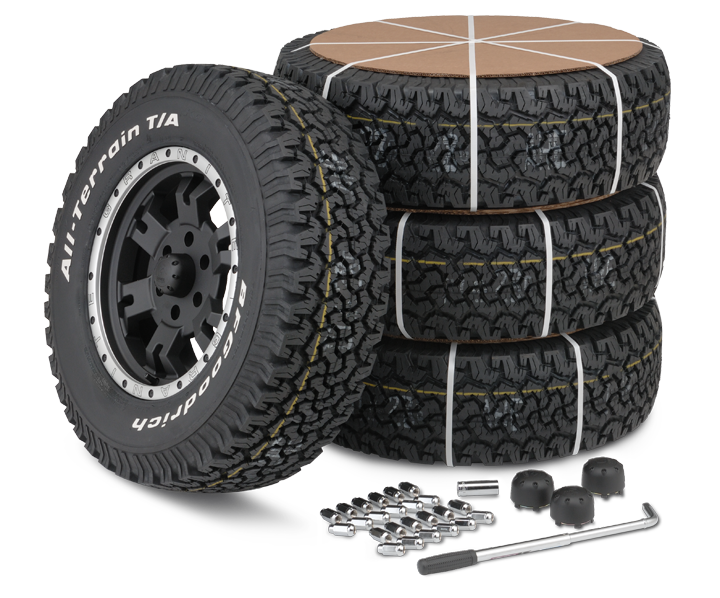Tire Service: Understanding Tire Pressure Monitoring Equipments
Recognizing Tire Pressure Monitoring Equipments (TPMS) is a crucial aspect of maintaining optimal car performance and security on the roadway. With innovations in automotive modern technology, TPMS has become a common attribute in modern cars, offering real-time info on tire stress degrees. Diving deeper into the ins and outs of TPMS, one can uncover the numerous parts that make up this system and the relevance of each in making certain accurate tracking. From direct to indirect TPMS systems, the landscape of tire stress tracking varies, each with its unique collection of benefits and considerations. Stay tuned to untangle the intricacies of TPMS, from upkeep pointers to the obvious advantages of maintaining your tires effectively inflated. mopar tire service specials.

Value of TPMS
The relevance of Tire Pressure Tracking Systems (TPMS) hinges on their ability to boost automobile security and efficiency through real-time monitoring of tire pressure degrees. Preserving the correct tire pressure is vital for making certain ideal handling, braking, and general security of a lorry. TPMS offers motorists with instant responses on any underinflated or overinflated tires, enabling timely modifications to be made.
Components of TPMS
Consisting of different essential components, a Tire Pressure Monitoring System (TPMS) works as an innovative security feature in modern automobiles. The major parts of a TPMS consist of sensing units, a control component, and a caution indicator. Sensing units are generally located in the tire shutoff stem or affixed to the wheel setting up, where they determine tire pressure and send data to the control module. The control component processes this info and sets off a warning if it finds significantly reduced stress in any one of the tires. The caution sign, typically a symbol on the dashboard, alerts the vehicle driver to check the affected tire or tires. Some advanced TPMS designs also show the actual tire stress analyses for each and every tire, providing chauffeurs with real-time info to guarantee optimum tire efficiency and safety and security. By keeping track of tire stress continually, TPMS aids avoid crashes, reduces tire wear, and improves gas effectiveness, making it an essential element for car safety and security and performance.
Kinds Of TPMS

On the other hand, indirect TPMS counts on the lorry's wheel speed sensors to keep track of tire stress. This system identifies underinflation by comparing the rotational speeds of the wheels. Indirect TPMS is less expensive than straight TPMS, as it uses existing sensing units within the lorry.
While straight TPMS offers a lot more exact analyses, indirect TPMS is simpler in style and commonly calls for much less upkeep. Both systems have their constraints and advantages, and the choice in between them often depends on factors such as cost, vehicle make, and personal choice. Understanding the distinctions in between these 2 sorts of TPMS can help vehicle proprietors make informed choices relating to tire upkeep and safety and security.
TPMS Maintenance Tips
Conduct routine checks on the tire stress levels and compare them with the TPMS analyses to ensure they are constant. During tire rotation or replacement, make certain that the TPMS parts are taken care of thoroughly to avoid any possible damages. If the TPMS warning light brightens on the control panel, resolve the problem without delay by inspecting the tire pressures and the total system for any type of mistakes.
Advantages of Correct Tire Pressure
Preserving appropriate tire pressure, as emphasized in pop over here TPMS Maintenance Tips, is vital for enjoying the countless advantages associated with optimum tire stress levels. One of the main advantages of preserving the correct tire stress is improved fuel efficiency. When tires are appropriately blown up, there is less rolling resistance, bring about better gas economic climate. Furthermore, proper tire stress ensures also tire wear, extending the lifespan of the tires and promoting much safer driving problems. With the appropriate tire stress, automobiles likewise have far better handling and grip, especially in damaging climate condition. This can boost general driving performance and safety and security for the chauffeur and guests. Moreover, preserving optimum tire stress can add to a smoother and a lot more comfortable trip by decreasing vibrations and sound brought on by underinflated tires. To conclude, the advantages of correct tire stress go past just tire durability; they incorporate boosted gas efficiency, improved safety and security, far better automobile performance, and overall driving comfort.
Final Thought
To conclude, understanding tire stress tracking systems (TPMS) is vital for preserving optimal tire stress and ensuring car security. By recognizing the relevance of TPMS, being familiar with its parts, understanding the different kinds available, sticking to proper maintenance pointers, and recognizing the advantages of preserving appropriate tire stress, drivers can enhance their driving experience this website and prolong the life expectancy of their tires. Correct tire pressure is vital to reliable and secure car operation.

Comments on “High Quality Tire Shop Morris: Your Go-To Destination for Tire Needs”